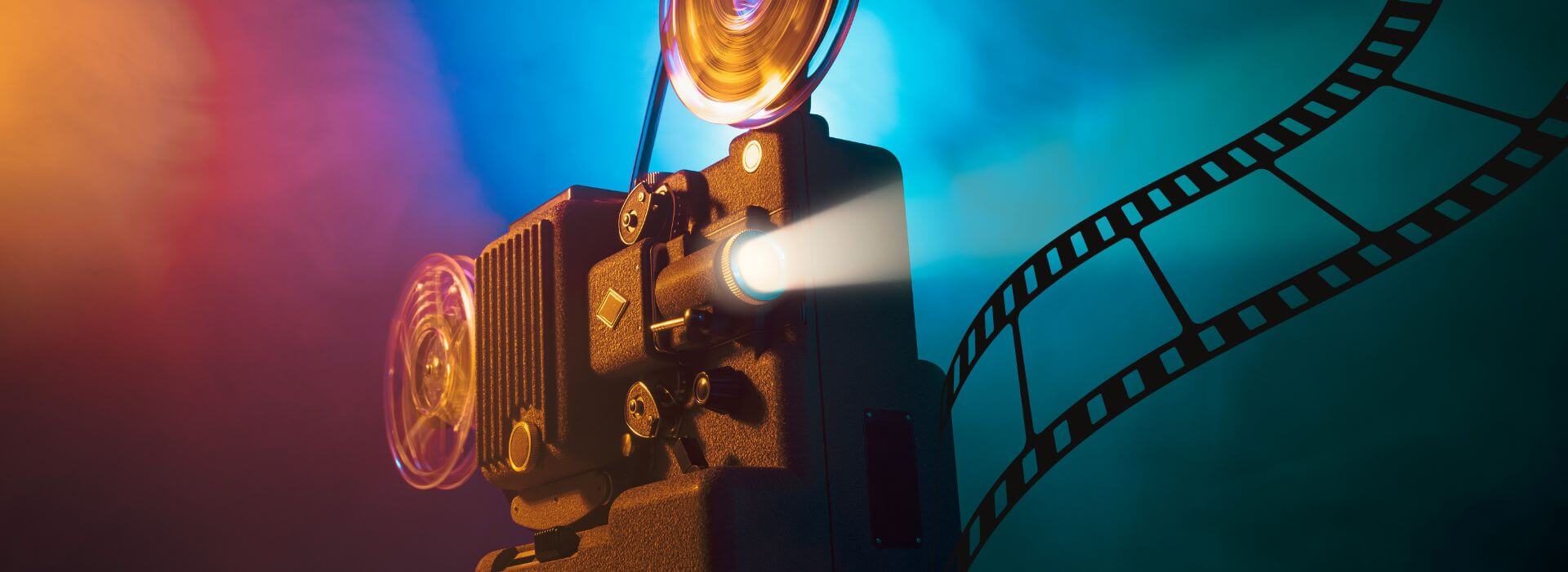Reflections in the form of bullet points instead of something more rigid and fixed, allowing for the fact that the whole issue is an ongoing debate in a continuous state of flux. It also explains why the conclusions don’t have a conclusion…
-Cinema and painting are twinned, siblings out of which emerge recognition/acknowledgement of and (competitive) respect for a kindred spirit, for example cinema has become “a particular branch of painting” in the digital age and is now “a kino- brush” instead of a “kino-eye” (Manovich). The starting point from which everything else goes out are paintings, which pre-date, predict, and pre-sage film as one of the “parents of cinema” (Donald Richie in Ehrlich and Desser 155). The power of this old, (only seemingly?) static yet powerful art form exerts an influence on film.
–Recognition/Acknowledgement, maybe even a form of mirroring. Both cinema and painting are negotiating with and against each other, combining the best of both art forms as in Derek Jarman’s Caravaggio: ex/interchange, transposition, intercommunion, mutual relations(hip). Caravaggio’s paintings are in/embedded, merged, integrated in(to) the filmic text(ure) as self-organised units/unities.
-So while film cannot ‘make’ paintings, various different kinds of a new (hybrid) art form do emerge. The camera doesn’t just ‘show’ paintings, it edits and integrates them into the film. Examples already dealt with on the website are:
Kwaidan [East Asian Painting and Cinema]
Caravaggio [Queer Biopics]
The Draughtsman’s Contract / Andrei Rublev [Individual Directors]
The Mill and the Cross / Goya’s Ghosts / Frida / All the Vermeers in New York [Other Painter Biopics]
Ferris Bueller’s Day Off [Individual Films]
The Dutch Master [Individual Films]
“Hold your Horses” / “Dust my Shoulders Off” [Music Videos]

